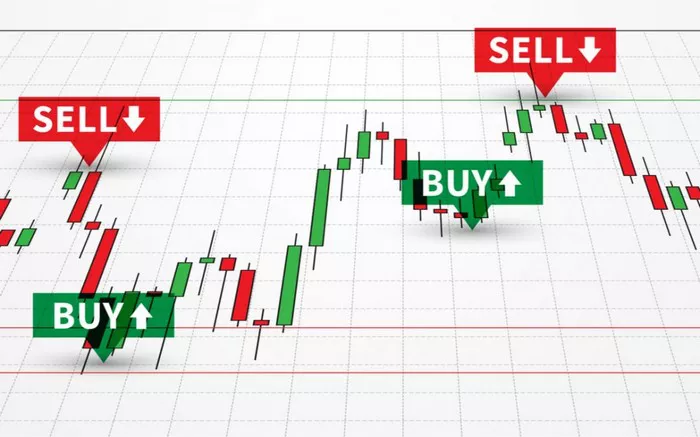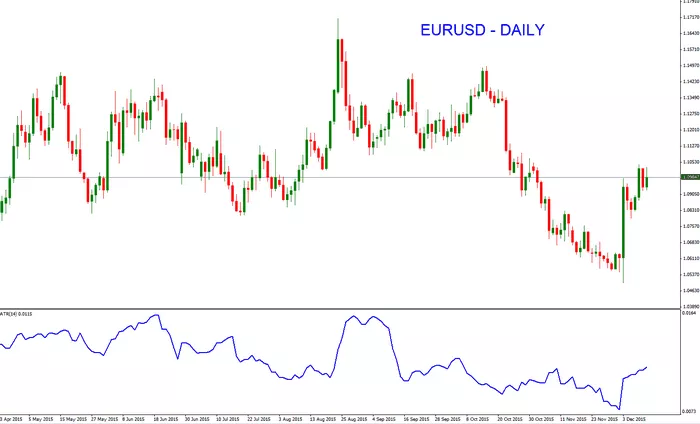The surge in cryptocurrency prices that followed Donald Trump’s return to the White House is showing signs of fading. On Tuesday, Bitcoin (BTC-USD), the world’s largest cryptocurrency, dropped to a three-month low, briefly falling below $87,000, marking its biggest decline in three weeks.
Ether (ETH), the second-largest cryptocurrency, fell by 10%, while Solana (SOL) saw a sharper drop of more than 12%. Solana’s dip brought it to its lowest level in five months, although it later recovered some of the losses.
Mixed Factors Driving the Decline
Industry experts suggest the crypto sell-off is not due to a single factor. Instead, a combination of broader macroeconomic uncertainties, including discussions of Trump’s proposed tariffs, and the recent hack of the crypto derivatives exchange Bybit, have contributed to the negative sentiment in the market.
Noelle Acheson, founder of Crypto Is Macro Now, stated that the rally sparked by Trump’s election last year is now losing momentum. “The Trump rally could be just getting exhausted here,” she told Yahoo Finance on Tuesday.
Despite Optimism, the Pullback Continues
This decline is occurring despite continued optimism in the crypto community about a Trump administration that could be more favorable to the sector. In the past week, major crypto platforms like Coinbase and Robinhood reported that the SEC had dropped lawsuits and investigations related to their crypto activities, signaling that the industry could face less regulatory scrutiny going forward. SEC Commissioner Hester Peirce reaffirmed this stance, expressing hope for “greater clarity” for the crypto industry in a recent Yahoo Finance interview.
Despite this optimism, Acheson attributes the market pullback to concerns about economic growth, especially as the new administration introduces new tariffs and tax cuts. Another issue she highlights is the lack of new investments entering the crypto market. She anticipates that more institutional participation will occur over time, but it will take a while before the market sees an influx of new capital.
Wall Street’s Role in Future Growth
Acheson noted that the recent mood in the crypto market has been bleak due to the absence of the expected rally. She believes that the key to future growth in the market will be new investments from Wall Street, particularly from major banks. Ryne Miller, a partner at law firm Lowenstein Sandler, echoed this sentiment, saying that “the most important place to watch for new money coming into the sector is Wall Street.”
Crypto-related stocks, including MicroStrategy (MSTR), Coinbase (COIN), and mining companies Riot Platforms (RIOT) and Marathon Digital (MARA), saw declines ranging from 7% to 10% by noon on Tuesday.
Bitcoin’s Long-Term Outlook
Bernstein’s Gautam Chhugani, in a note to clients, explained that Bitcoin’s recent downturn is following the broader market’s risk sentiment driven by macroeconomic concerns. However, Bernstein remains optimistic about Bitcoin’s long-term prospects, estimating that it could reach a target of $200,000 in the next 12 months.
Chhugani also warned that Bitcoin could fall to as low as $70,000, the price level seen before its post-election rally. Despite the current correction, Bernstein views it as an opportunity for investors to participate in the ongoing cycle.
For Bitcoin to break free from the negative macro sentiment, Chhugani suggests that it would need more bullish announcements, particularly from a new White House task force studying potential moves for the crypto sector.
Bitcoin’s Performance Since Election
Although Bitcoin is down 8% in the last 24 hours and over 6% since the start of January, it remains up 26% since Trump’s election victory. Acheson believes the current pullback will find a floor eventually, and the market will stabilize.
Related topics:



























